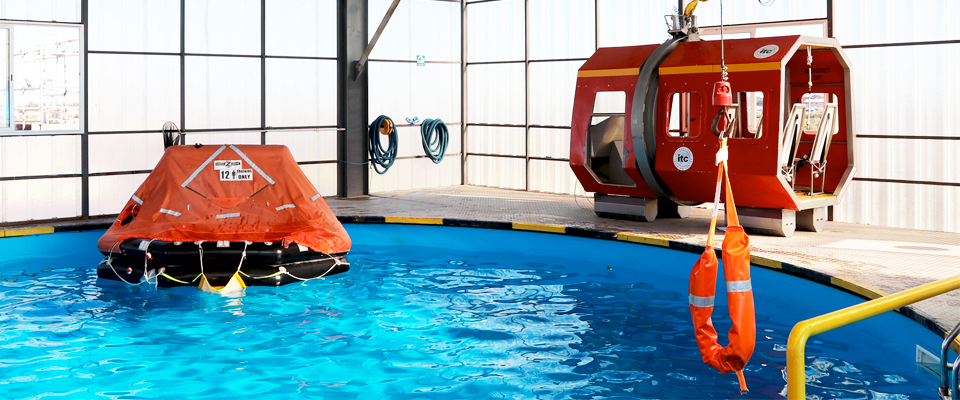Working offshore in industries such as oil and gas, maritime, and offshore wind energy can be rewarding, but it also comes with its own set of challenges and risks. Offshore environments are often unpredictable, and emergencies can arise when least expected. This is why professional offshore survival training is a crucial component of preparing workers for these demanding workplaces. In this blog, we will explore what to expect from offshore survival training, why it’s essential, and the skills and knowledge you’ll gain.
The Importance of Offshore Survival Training
Before we delve into what to expect from offshore survival training, it’s vital to understand why it’s so important. Offshore workers often find themselves in remote, harsh, and potentially life-threatening situations. In these environments, knowing how to react swiftly and effectively can be the difference between life and death. Offshore survival training equips workers with the skills, knowledge, and confidence to handle emergencies, ensuring their safety and the safety of their colleagues.
Components of Offshore Survival Training
Sea Survival: Sea survival training is a fundamental component of offshore survival training. It covers topics such as abandoning a sinking vessel, launching life rafts, and using survival equipment like life jackets and flares. Trainees learn how to survive in the open water and how to signal for help.
Firefighting Skills: Offshore environments are susceptible to fires, and workers must be trained in firefighting techniques. This includes understanding fire safety procedures, using fire extinguishers, and conducting fire drills.
First Aid: Offshore first aid training teaches basic life-saving skills. Trainees learn how to administer CPR, provide first aid for injuries, and respond to medical emergencies until professional help arrives.
Helicopter Underwater Escape Training (HUET): In some offshore industries, workers may need to travel to and from offshore facilities by helicopter. HUET training teaches individuals how to escape from a submerged helicopter in case of a water landing.
Survival Psychology: Offshore survival training also includes elements of survival psychology, helping workers cope with the stress and psychological challenges that may arise during an emergency.
What to Expect During Training
Practical Exercises: Offshore survival training is hands-on. You can expect to participate in realistic simulations and practical exercises. This may include practising life raft deployment, firefighting, and evacuation procedures in controlled settings.
Use of Safety Equipment: Trainees will become familiar with various safety equipment, including life jackets, immersion suits, and life rafts. They will learn how to use this equipment correctly and efficiently.
Emergency Drills: Drills and scenarios will be a significant part of the training. These drills are designed to mimic real-life emergencies and test your ability to respond effectively under pressure.
Instructor Guidance: Knowledgeable instructors will guide you throughout the training, providing essential information, demonstrations, and feedback.
Offshore survival training is not only about acquiring skills; it’s about building the confidence to handle emergencies at sea. It’s an investment in your safety and the safety of your colleagues. By knowing what to expect and embracing the training wholeheartedly, offshore workers can better prepare themselves for the unpredictable challenges they may face in their demanding and often remote workplaces. Remember, in the offshore industry, proper training can be a lifesaver.

